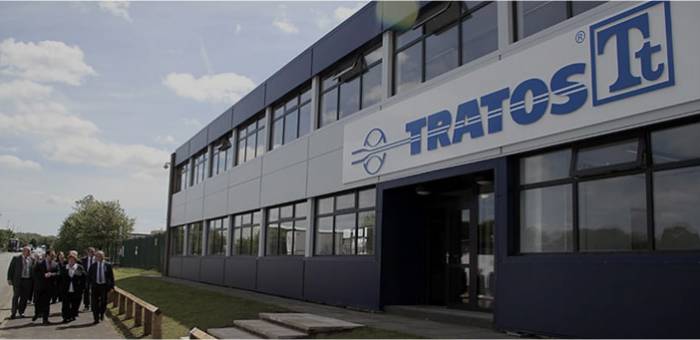Telecommunications, and specifically the optical fibre cable industry, have represented since the early 80ies the very essence of innovation, which TRATOS has fully captured and transformed into its company mission.
With constant research investments in materials and construction design, TRATOS is an acknowledged leader in this industry, thanks to its product innovation capability and to the pioneering solutions that this company is able to provide.
TRATOS can actually meet the requirements of the most demanding clients for the development of an optical fibre network, relying on an advanced engineering process that is suitable for an effective large scale production.
Numerous solutions developed by TRATOS in the last 20 years have become a reference for the cable industry, triggering technological advance and enhancing product performance levels for better final results, without losing sight of budget specifications aimed to network development.
The key factor for achieving these results at TRATOS is the company’s ability to transfer experience across the different sectors of the cable industry, tackling real problems that wouldn’t have been addressed otherwise.
- Microcables with 288 fibres and a diameter of 8.0mm;
- CPR-compliant microcables;
- Telephone cables in copper-plated aluminium;
- FTTH cables based on removable Minibreakout modules (single fibre) and Minibundles (multiple fibres);
- FIG-8 self-supporting cables with removable Minibreakout modules (single fibre) and Minibundles (multiple fibres).
Over the time, a high level of cable engineering has allowed TRATOS to use all types of optical fibres available on the market, such as Multimobali 50/125 and 62,5/125, G652D, G657 A1 and A2, G653, G654E, G655, G656.
Last but not least, TRATOS was the first European company to use fibres with a 200µm diameter to double the number of fibres inside their cables without changing the outer diameter.
With this technique, end users can fit a greater number of fibres into the same cable size, thus increasing network potential.







